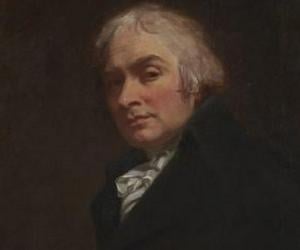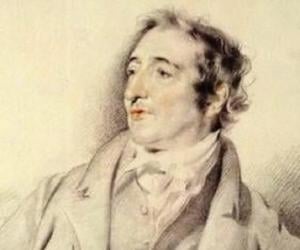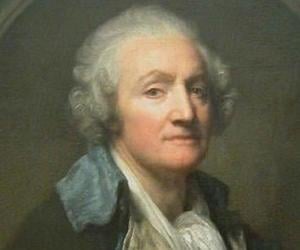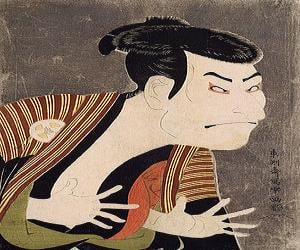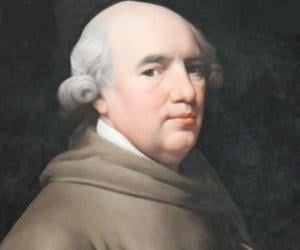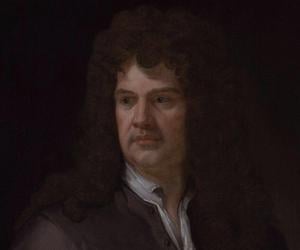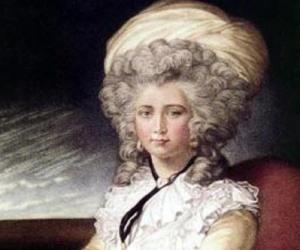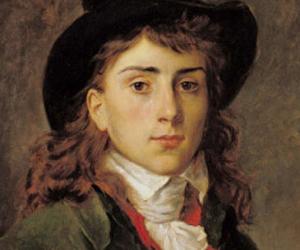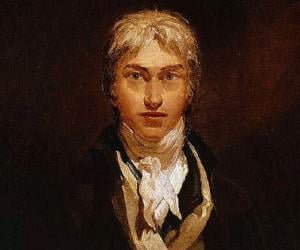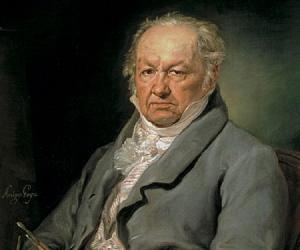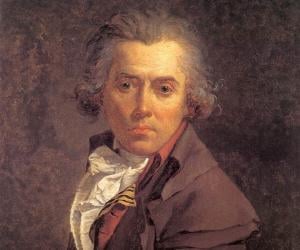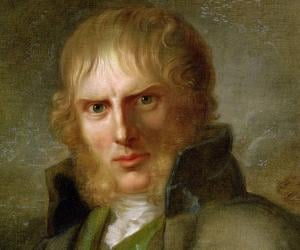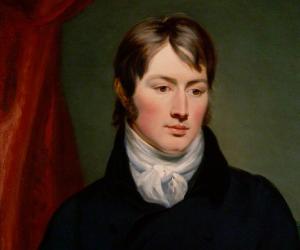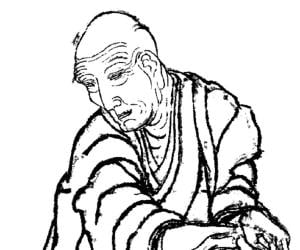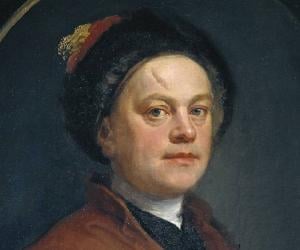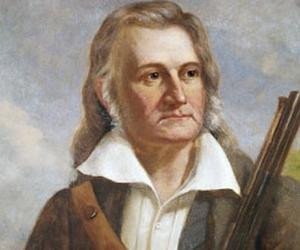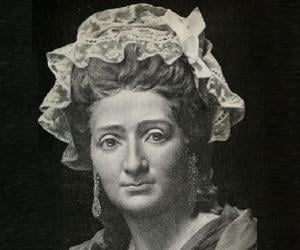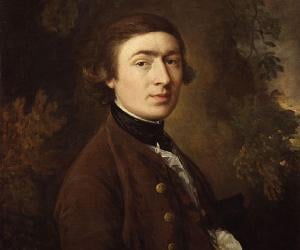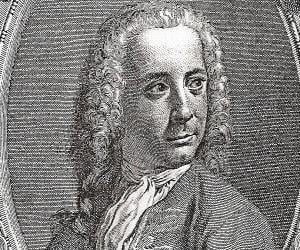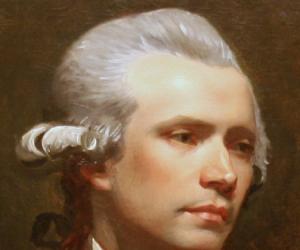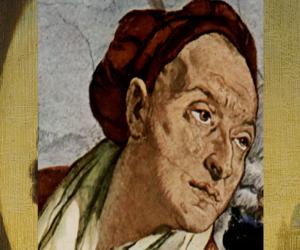J. M. W. Turner was an English printmaker, painter, and watercolorist best remembered for his imaginative landscapes and expressive colorizations. Intensely reclusive and eccentric throughout his life, Turner lived in poor health and squalor for the last few years of his life. He was portrayed by actor Timothy Spall in the 2014 biographical film, Mr. Turner.
Jacques-Louis David was a French painter. Widely regarded as the greatest painter of the Neoclassical era, David's works had a strong influence in France in the early-19th century. His works are often linked to the birth of Romanticism. Many of his pupils, such as Antoine-Jean Gros and Jean-Auguste-Dominique Ingres, went on to become successful and popular painters.
Caspar David Friedrich was a German painter best remembered for painting mid-period allegorical landscapes. Widely regarded as the most important German painter of his era, Friedrich is celebrated as an important figure of the German Romantic movement. His works have influenced several painters, including Johan Christian Dahl, Arnold Böcklin, and Christiane Pooley.
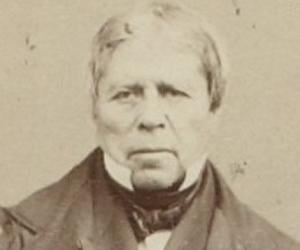
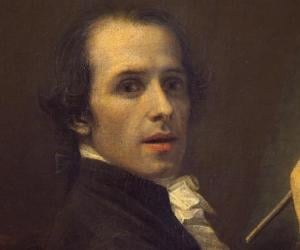
Antonio Canova was an Italian Neoclassical sculptor widely regarded as the greatest of the Neoclassical artists. He was famous for his marble sculptures. His work was inspired by the Baroque and the classical revival. His most notable works include Psyche Revived by Cupid's Kiss and Perseus Triumphant. Unlike many of his contemporaries, he refused to take in pupils.
Katsushika Hokusai was a Japanese printmaker, ukiyo-e painter, and artist of the Edo period. He is best known as the creator of the monumental Thirty-six Views of Mount Fuji, a series of landscape prints, which includes the iconic print, The Great Wave off Kanagawa. He is credited with transforming the ukiyo-e art form to include a much broader style of art.
American artist and ornithologist John James Audubon is remembered mostly for his illustrations of North American birds. Born as an illegitimate child in France, he later moved to the US and then to Canada, for business, but ended up documenting birds. His best-known work is the pioneering ornithological work The Birds of America.
Marie Tussaud was a French artist and sculptor best remembered for her wax sculptures. She founded Madame Tussauds, a wax museum, in London in 1835. The museum is a major tourist attraction today. As a young girl, she learned wax modeling from doctor cum wax modeler Philippe Curtius. In the ensuing years, she became a prominent sculptor.
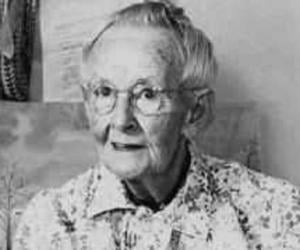
Anna Mary Robertson, better known as Grandma Moses, revolutionized American folk art with her iconic depictions of American rural life. After spending 15 years of her life working as a housekeeper, she deviated toward embroidery. A bout of arthritis made her switch to painting in her late 70s.
Canaletto was an Italian painter who achieved popularity in England as his works were largely appreciated by King George III. Regarded as one of the most prominent representatives of the 18th-century Venetian school, Canaletto was also renowned for his skills as a printmaker.
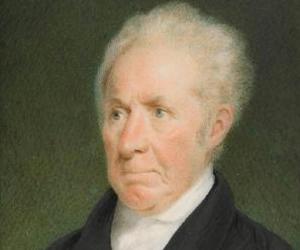
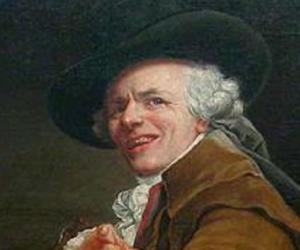
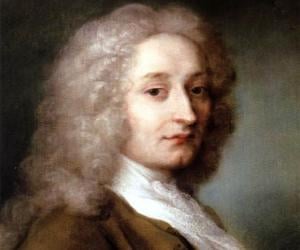

Swiss artist Henry Fuseli is remembered for the drama and sensuality showcased in his paintings. Though born to a landscape and portrait painter, he was initially taught theology. After leaving the country due to political risks, he made it to Britain and Italy. He later contributed to the Boydell Shakespeare Gallery.
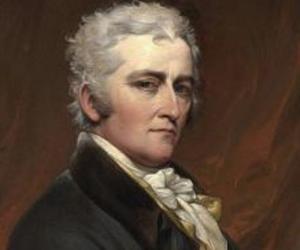
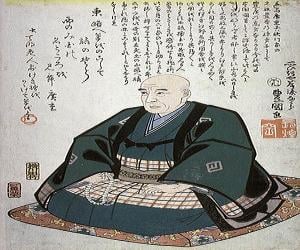
Best known for his landscape series like The Fifty-three Stations of the Tōkaidō and One Hundred Famous Views of Edo, Hiroshige was a well-known ukiyo-e master, whose death marked the decline of this genre of art. His works, which were generally characterized by subtle use of graded colors and multiple impressions, were source of inspiration to many 19-century European painters.
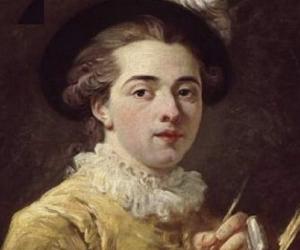

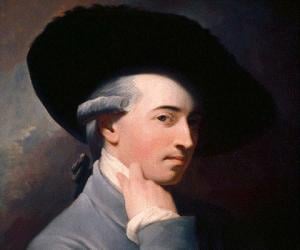
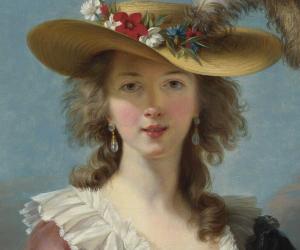
Eighteenth-century Italian painter Giovanni Battista Tiepolo was a significant figure of the Rococo movement. Son of a shipping merchant, Tiepolo gained fame with his iconic creations such as The Sacrifice of Isaac. He was determined he wouldn’t leave Venice and often sent his paintings abroad instead of traveling to paint.
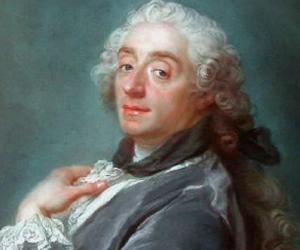

One of the two women founder members of London’s Royal Academy, Angelica Kauffman was born to a painter father in Switzerland and was quite a prodigy, who mastered several languages and the arts of music and painting quite quickly. The history painter is best remembered for her landscapes and portraits.
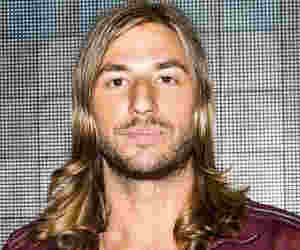
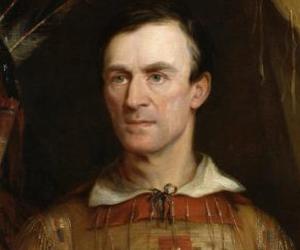

Nineteenth-century Japanese painter and printmaker Utagawa Kuniyoshi was one of the major figures behind the ukiyo-e style of woodwork. Born to a silk-dyer, he had started as a print designer. While he initially specialized in warrior prints, he later also worked on landscapes, such as the series Famous Sights of Edo.

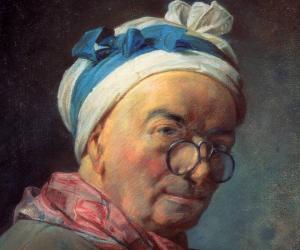
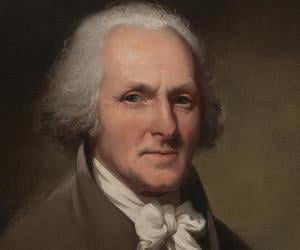
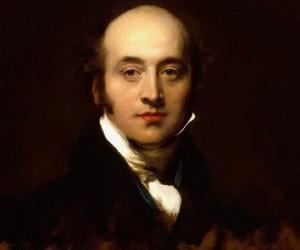
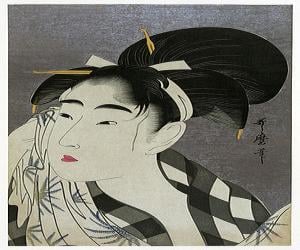
One of the most renowned ukiyo-e woodblock artists of Japan, Utamaro is remembered mostly for his portraits of women, such as The Seven Beauties of the Gay Quarters. However, after painting Toyotomi Hideyoshi’s wives and mistresses, he was punished for insulting the military leader, leading to the end of his career.
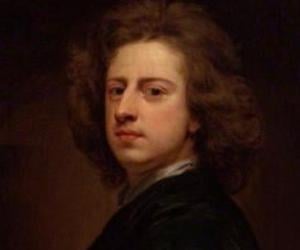
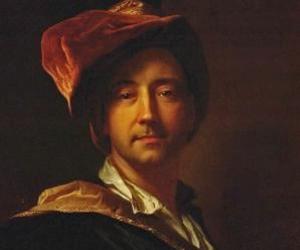
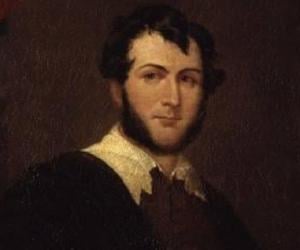
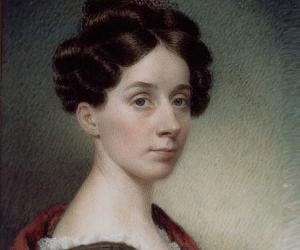
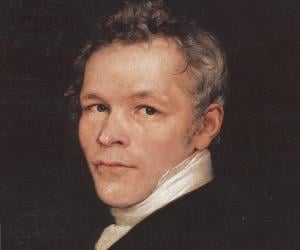
Karl Friedrich Schinkel was a Prussian painter, city planner, and architect. One of the most important architects of Germany, Schinkel designed both neogothic and neoclassical buildings. Apart from designing buildings, Karl Friedrich Schinkel also designed stage sets and furniture.
